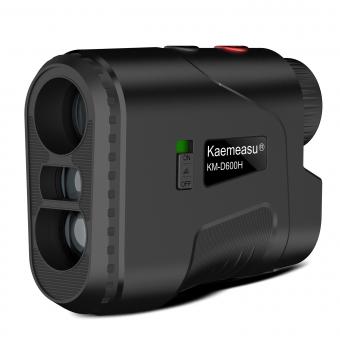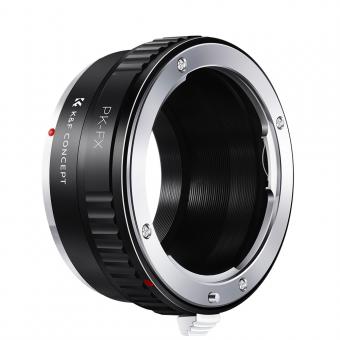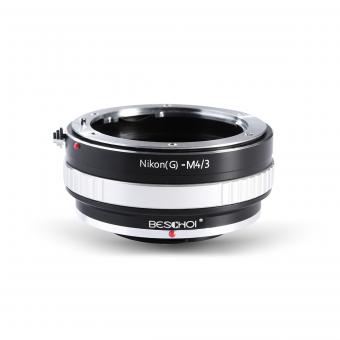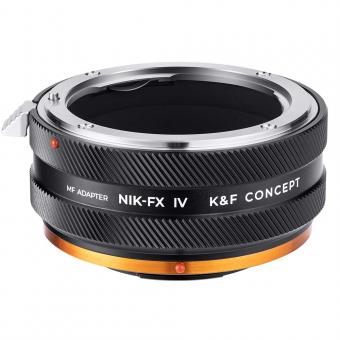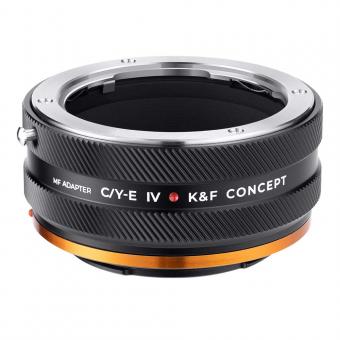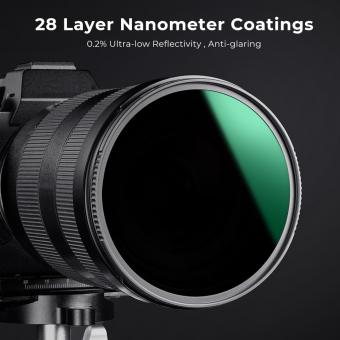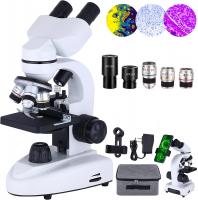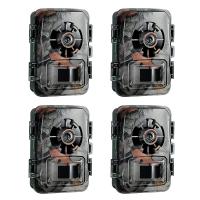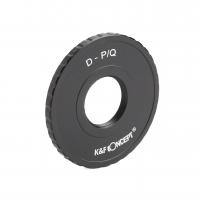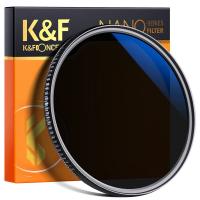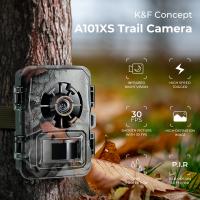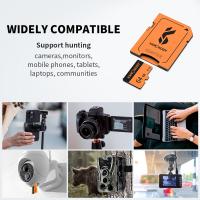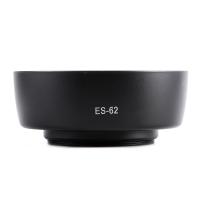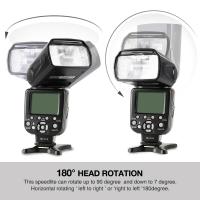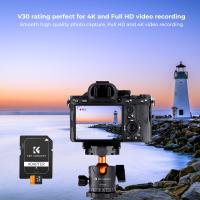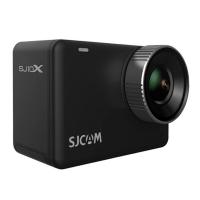How Does A Rangefinder Camera Focus?
Rangefinder cameras have long been cherished by photographers for their precision, compactness, and the unique way they handle focusing. Unlike the more common single-lens reflex (SLR) cameras, rangefinders offer a distinct method of focusing that can be both intriguing and challenging to master. In this article, we will delve into the mechanics of how a rangefinder camera focuses, explore the advantages and disadvantages of this system, and provide practical tips for photographers looking to get the most out of their rangefinder cameras.
Understanding the Rangefinder Mechanism
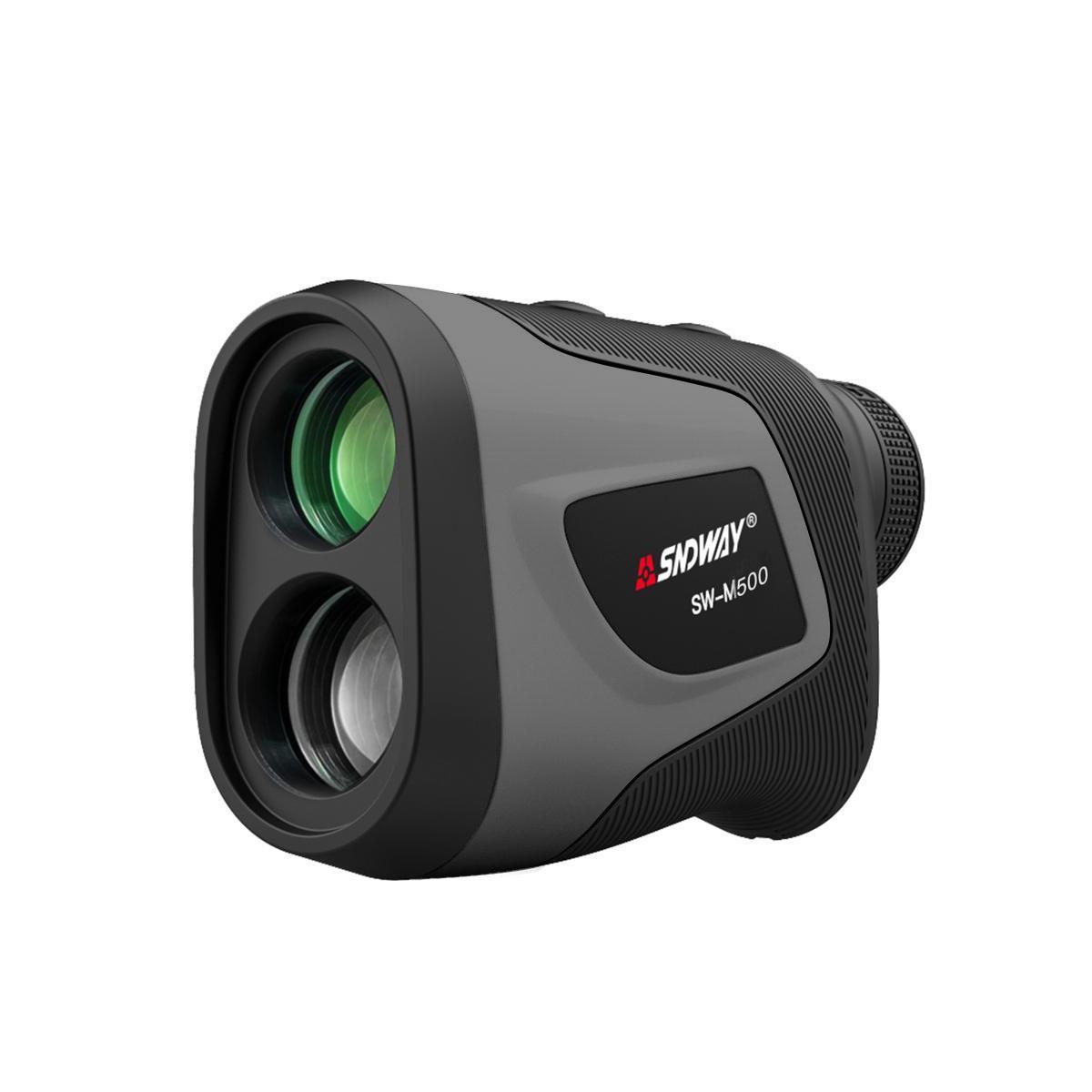
At the heart of a rangefinder camera's focusing system is the rangefinder mechanism itself. This system relies on a combination of optical and mechanical components to achieve accurate focus. Here's a step-by-step breakdown of how it works:
1. Viewfinder and Rangefinder Windows: A rangefinder camera typically has two windows on the front of the camera body. One is the viewfinder window, through which the photographer composes the shot, and the other is the rangefinder window, which is used for focusing.
2. Superimposed Images: When you look through the viewfinder, you will see two images: one from the viewfinder window and one from the rangefinder window. These images are superimposed on each other.
3. Focusing Mechanism: The rangefinder mechanism uses a system of mirrors and prisms to adjust the position of the rangefinder image. As you turn the focusing ring on the lens, the rangefinder image moves horizontally.
4. Aligning the Images: To achieve focus, you need to align the two superimposed images. When the images coincide perfectly, the subject is in focus. This process is known as "rangefinding."
Advantages of Rangefinder Focusing
Rangefinder cameras offer several advantages that make them appealing to photographers, especially those who prioritize precision and compactness:
1. Accuracy: Rangefinder focusing is known for its accuracy, particularly in low-light conditions. The system allows for precise focusing, which is especially useful for portrait and street photography.
2. Compact Design: Rangefinder cameras are typically more compact and lightweight compared to SLRs. This makes them ideal for travel and street photography, where portability is essential.
3. Quiet Operation: Rangefinder cameras are generally quieter than SLRs because they lack the mirror mechanism that creates noise when taking a shot. This makes them less obtrusive and ideal for candid photography.
4. Bright Viewfinder: The viewfinder in a rangefinder camera is usually brighter and clearer than that of an SLR, as it does not rely on a mirror and pentaprism system. This can be advantageous in low-light situations.
Disadvantages of Rangefinder Focusing
While rangefinder cameras have their strengths, they also come with certain limitations that photographers should be aware of:
1. Parallax Error: One of the main challenges with rangefinder cameras is parallax error. Since the viewfinder is separate from the lens, what you see through the viewfinder may not exactly match what the lens captures, especially at close distances. This can make precise framing difficult.
2. Limited Lens Compatibility: Rangefinder cameras typically have a more limited selection of lenses compared to SLRs. Additionally, they often lack zoom lenses, which can be a drawback for photographers who require versatility.
3. Learning Curve: Mastering the rangefinder focusing system can take time and practice. Aligning the superimposed images accurately requires a steady hand and a keen eye.
Practical Tips for Using a Rangefinder Camera
If you're new to rangefinder cameras or looking to improve your skills, here are some practical tips to help you get the most out of your camera:
1. Practice Focusing: Spend time practicing the rangefinder focusing technique. Start with stationary subjects and gradually move on to more challenging scenarios, such as moving subjects or low-light conditions.
2. Use Zone Focusing: Zone focusing is a technique where you pre-focus the lens to a specific distance and rely on the camera's depth of field to keep subjects in focus. This can be particularly useful for street photography, where quick reactions are essential.
3. Be Mindful of Parallax: When shooting at close distances, be aware of parallax error. Some rangefinder cameras have parallax correction marks in the viewfinder to help you compensate for this issue.
4. Choose the Right Lens: While rangefinder cameras may have a limited selection of lenses, choosing the right one for your needs is crucial. Prime lenses with wide apertures are popular choices for rangefinder users due to their sharpness and low-light performance.
5. Take Advantage of the Quiet Shutter: The quiet operation of a rangefinder camera can be a significant advantage in situations where discretion is important. Use this to your benefit when shooting candid or street photography.
Rangefinder cameras offer a unique and rewarding photography experience. Their precise focusing mechanism, compact design, and quiet operation make them a favorite among many photographers. However, they also come with challenges such as parallax error and a limited selection of lenses. By understanding how the rangefinder focusing system works and practicing the necessary techniques, photographers can harness the full potential of these remarkable cameras.
Whether you're a seasoned rangefinder user or just starting, the key to success lies in practice and patience. Embrace the quirks and advantages of your rangefinder camera, and you'll find yourself capturing stunning images with a level of precision and artistry that is truly unique.


